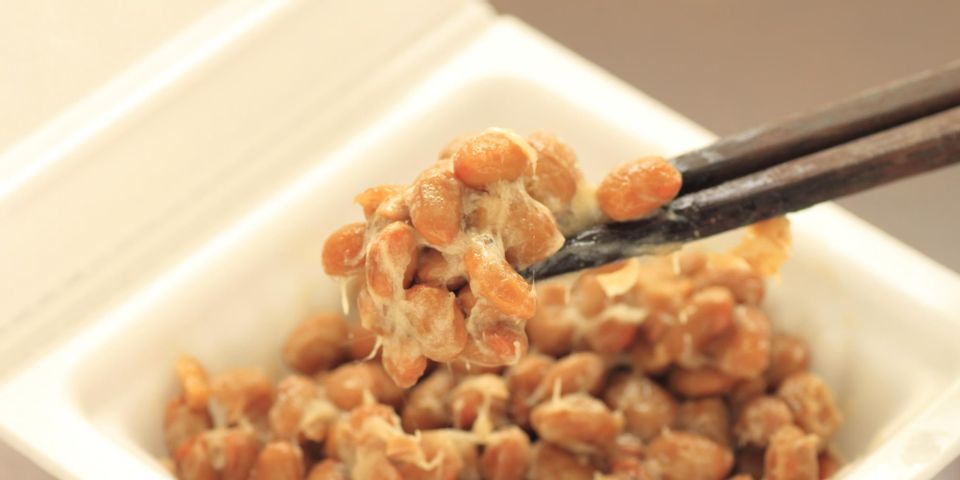
Have you ever had natto? This staple of Japanese cuisine is virtually unheard of in other parts of the world but is recently gaining popularity as a healthy food. While it’s known for its many nutritional benefits, natto isn’t exactly a favorite for its taste and texture—some continue to eat it despite an initial aversion to it. Here’s a closer look at this curious Japanese delicacy.
What Is Natto?
Natto is a traditional Japanese dish made of fermented soybeans. The fermentation process involves the addition of the bacteria Bacillus subtilis and results in the slimy, stringy texture and earthy flavor that make natto so distinct. It also gives off a smell similar to that of pungent cheese, likely due to the bacteria.
There are differing accounts of its origins, but natto was first made by wrapping steamed soybeans in rice straw, which naturally grows the B. subtilis bacteria on its surface, causing the beans to ferment. Later, researchers identified the microorganism responsible for the fermentation, allowing for mass production and doing away with the rice straw.
How to Eat It and Why You Should
 In Japan, this healthy food is a go-to breakfast. It is served with steamed rice and topped with condiments like soy sauce, green onions, pickled ginger, and wasabi. Some enjoy it with raw egg, which makes for a protein-packed meal. Try adding it on sushi for extra flavor because of its umami.
In Japan, this healthy food is a go-to breakfast. It is served with steamed rice and topped with condiments like soy sauce, green onions, pickled ginger, and wasabi. Some enjoy it with raw egg, which makes for a protein-packed meal. Try adding it on sushi for extra flavor because of its umami.
Natto’s slick, sticky texture—akin to okra—isn’t for everyone. One solution is to cook or use natto as an ingredient. Popular dishes that benefit from its nutty flavor are stir-fry, curry, and even pasta.
Aside from the savory taste, natto is celebrated for its nutritional benefits. It contains ample amounts of probiotics or good bacteria, which promote healthy digestion and help reduce the risk of bowel diseases.
As a healthy food, natto is rich in nutrients, like fiber, protein, iron, magnesium, calcium, potassium, and vitamin C. It contains vitamin K2, which activates bone-building proteins to store calcium in the bones. It is also the same vitamin that stops calcium deposits from forming in the arteries, reducing the risk of heart disease. Nattokinase, the enzyme found in natto, may lower the risks associated with stroke and hypertension because of its ability to break down clots and improve blood circulation.
If you're curious about how it tastes, order a natto bowl or try adding it on your bento from Ahi and Vegetable. Located in Honolulu, HI, they offer a wide variety of healthy food options and high-quality seafood, including fresh tuna, throughout the island of Oahu. Call (808) 845-3500 to order carry-out from this seafood restaurant or browse their menu online.
About the Business
Have a question? Ask the experts!
Send your question

